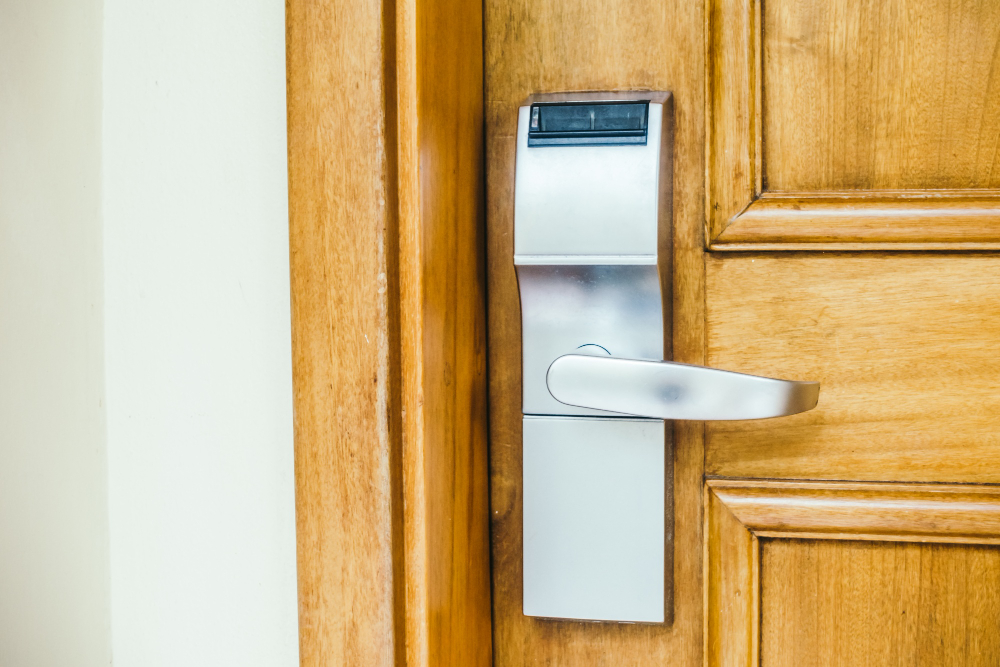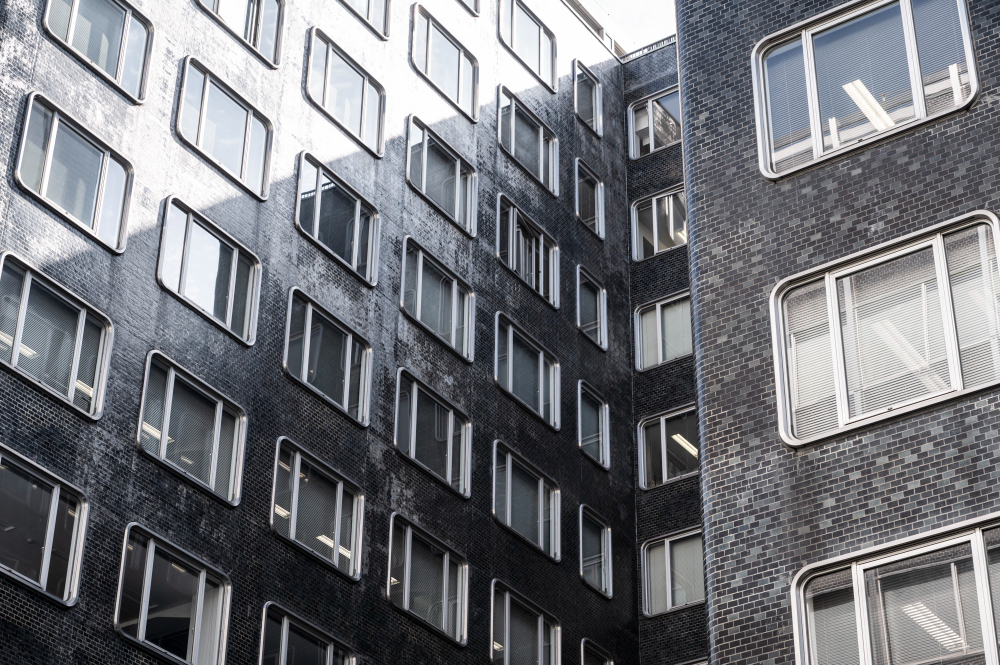
The Multifamily Industry in 2025: Pros, Cons, and Impacts on Property Managers Across the USA
November 22, 2024
Essential Features to Look for in Modern Door Locks
November 26, 2024Multifamily Development Outlook: Trends and Forecasts
Essential Features to Look for in Modern Door Locks
When it comes to securing your home or property, choosing the right door lock is crucial. Modern advancements in lock technology have made it easier than ever to find locks that are not only secure but also convenient and stylish. Here's a guide to the essential features you should consider when selecting a modern door lock.
1. Smart Lock Integration
In today’s digital age, smart locks are becoming the go-to option for homeowners. These locks integrate with your smartphone or smart home system, allowing you to lock or unlock doors remotely. Features like voice control compatibility with devices like Alexa or Google Assistant, and smartphone notifications when the lock is engaged, provide both security and convenience.
2. Keyless Entry Options
Keyless entry systems eliminate the need for traditional keys, reducing the risk of losing them. Options include:
- Keypads: Enter a PIN code to unlock.
- Biometric locks: Use your fingerprint for access.
- Bluetooth-enabled locks: Automatically unlock when you’re within a certain range.
3. Durable Construction Materials
A good lock should be built to withstand tampering, weather conditions, and wear over time. Look for locks made from materials like:
- Hardened steel: Resists drilling and cutting.
- Brass or stainless steel finishes: Offer rust resistance and durability.
4. Enhanced Security Features
Modern locks often come with features to enhance security, such as:
- Anti-pick technology: Prevents lock picking.
- Bump-proof designs: Protects against lock bumping.
- Tamper alerts: Notify you of unauthorized access attempts.
5. Multiple Unlocking Methods
The most versatile locks allow you to choose from multiple unlocking methods. For example, a single lock might offer a physical key, keypad, smartphone app, and biometric access, ensuring you’re never locked out even if one method fails.
6. Battery Backup or Emergency Power Options
For electronic locks, a backup power solution is essential. Many modern locks have:
- Battery indicators: Alert you when power is low.
- Emergency key slots or external power ports: Ensure access even when the battery dies.
7. Aesthetic Appeal
Modern locks don’t have to sacrifice style for functionality. Many options come in sleek, contemporary designs with finishes to match your home’s decor, such as matte black, satin nickel, or brushed brass.
8. Easy Installation and Compatibility
Choose a lock that fits standard door setups for straightforward installation. Some modern locks are designed to retrofit your existing hardware, making the upgrade simple and cost-effective.
9. Advanced Access Controls
Access management is a key feature for properties with multiple users. Features to look for include:
- Temporary access codes for guests or service providers.
- Usage logs to track who enters and exits.
- Customizable access schedules for different users.
Final Thoughts
Investing in a modern door lock isn’t just about safety; it’s about creating a secure, convenient, and stylish entryway. Whether you’re upgrading your home or managing a multifamily property, choosing the right lock with the features above can provide peace of mind and elevate your property’s appeal.
Need help selecting the perfect locks for your property? Contact Think Construction Services for expert advice and installation.
Would you like assistance formatting this further or tailoring it to a specific audience?

Cons for the Multifamily Industry in 2025

Construction Starts and Regional Trends
New construction starts for 2024 have hit an annualized low of 325,000 units, a 50% drop compared to 2022 and 2023. Yardi Matrix’s data shows 73,158 units started in Q2 2024, bringing the year-to-date total to 154,607 units, with further increases expected.
“While development activity is decreasing, it is doing so at a slower rate than earlier forecasts suggested,” according to the Q4 2024 report. Regional trends show the Sun Belt experiencing the largest drop in under-construction inventory, while markets in the Northeast and California have expanded year-over-year.
Completion Times: A Persistent Challenge
Extended construction timelines continue to hinder the industry:
- Garden-Style Properties: Average completion time reached 688 days (23 months) in Q3 2024, a 12.1% increase over 2019 levels.
- Mid-Rise Properties: Completion times averaged 741 days (25 months), consistent with recent trends but below the peak of 770 days in Q3 2022.
- High-Rise Properties: Average completion times improved to 815 days (27 months), down from the trailing four-quarter average of 836 days and a series peak of 1,042 days in Q1 2021.
As the multifamily sector grapples with declining starts, extended timelines, and regional disparities, its resilience is underscored by the steady pace of completions and anticipated rebounds in supply in the coming years.
Streamlining Staff Involvement
How These Trends Will Affect Property Managers
Property managers stand at the intersection of these pros and cons, directly feeling their impact. Here’s how they might adapt:
Leveraging Technology: Embracing property management software and smart building technologies will be critical. These tools not only streamline operations but also enhance the tenant experience, giving properties a competitive edge.
Focusing on Retention: With increased competition, retaining tenants will be more important than ever. Property managers should invest in customer service, community-building efforts, and responsive maintenance to foster tenant loyalty.
Navigating Regulations: Staying informed about changing local laws is crucial. Property managers may need to work closely with legal advisors and industry organizations to ensure compliance and minimize risk.
Prioritizing Efficiency: Rising costs mean property managers must seek ways to do more with less. Energy-efficient upgrades, preventive maintenance, and optimized staffing can reduce expenses while maintaining quality service.
Adapting to Sustainability Trends: Highlighting green initiatives and certifications can help attract eco-conscious renters and improve marketability.

The Takeaway

The multifamily industry in 2025 will demand resilience, innovation, and adaptability from property managers across the U.S. While challenges such as rising costs and labor shortages loom large, the potential for growth through technology, sustainability, and demand remains strong. By staying proactive and informed, property managers can turn these challenges into opportunities and ensure long-term success in the evolving multifamily market.

